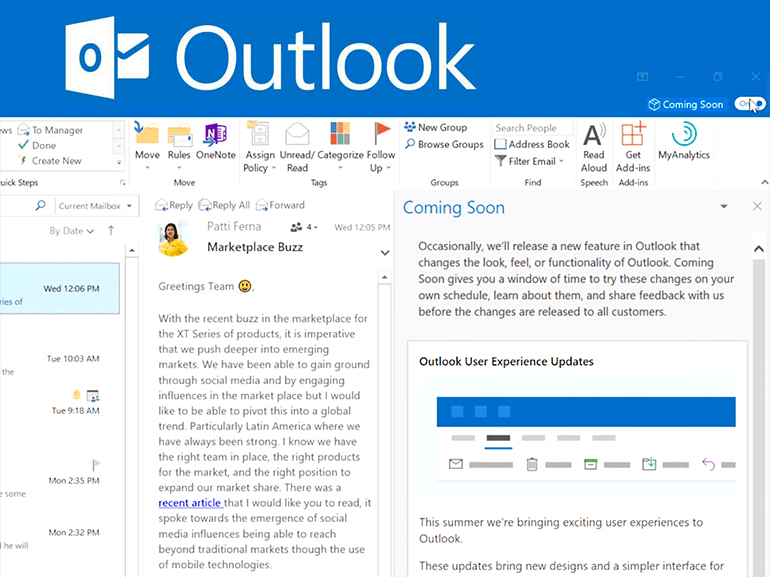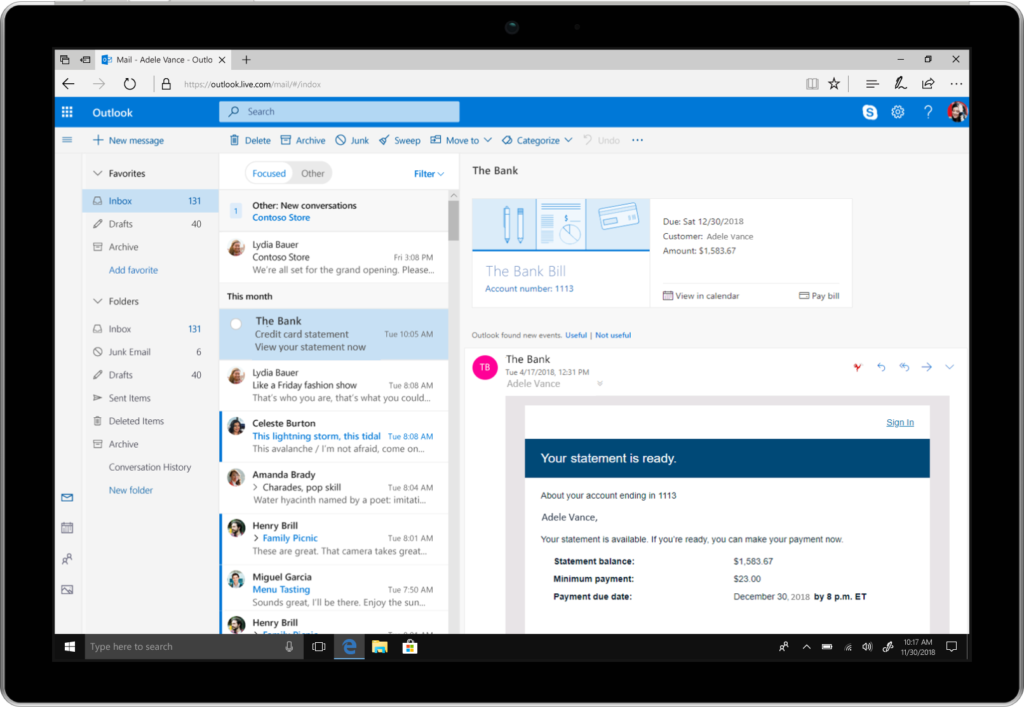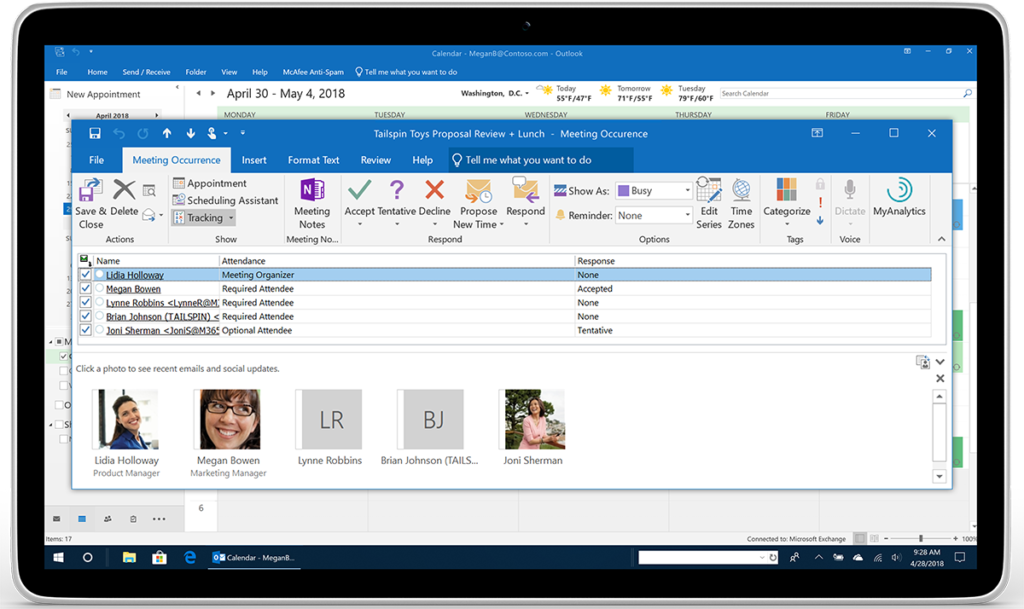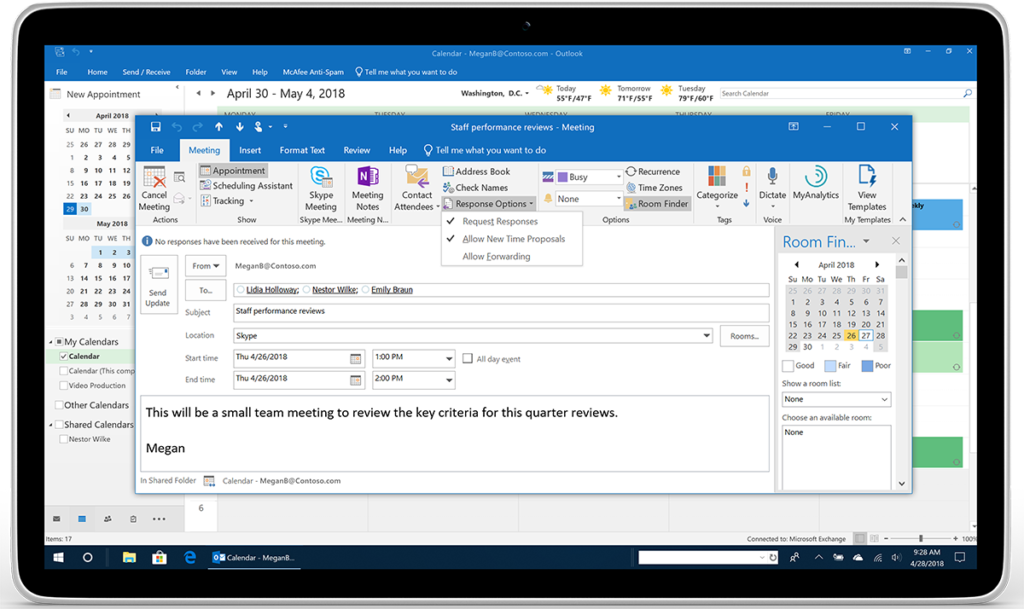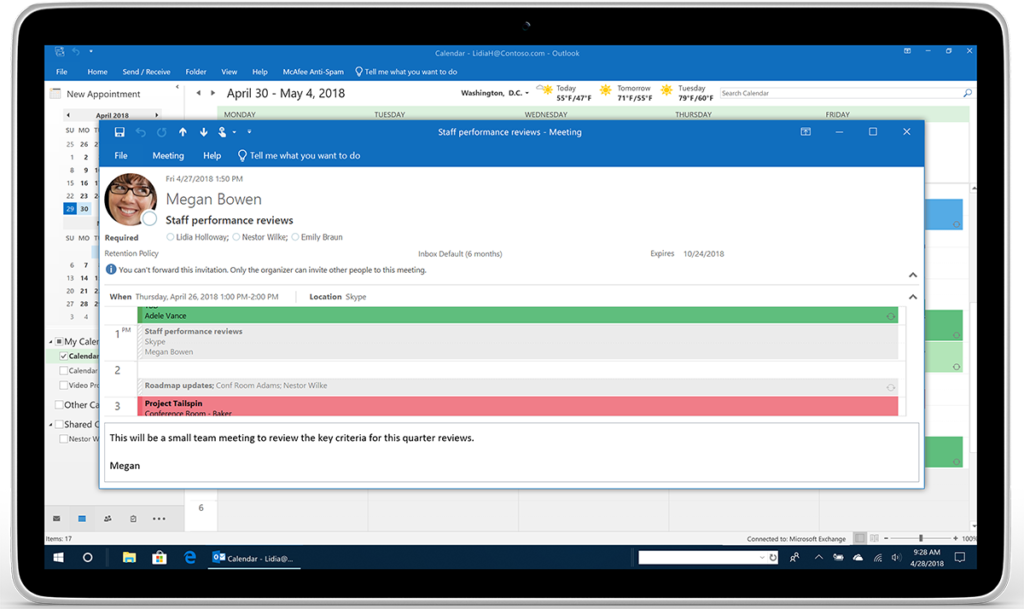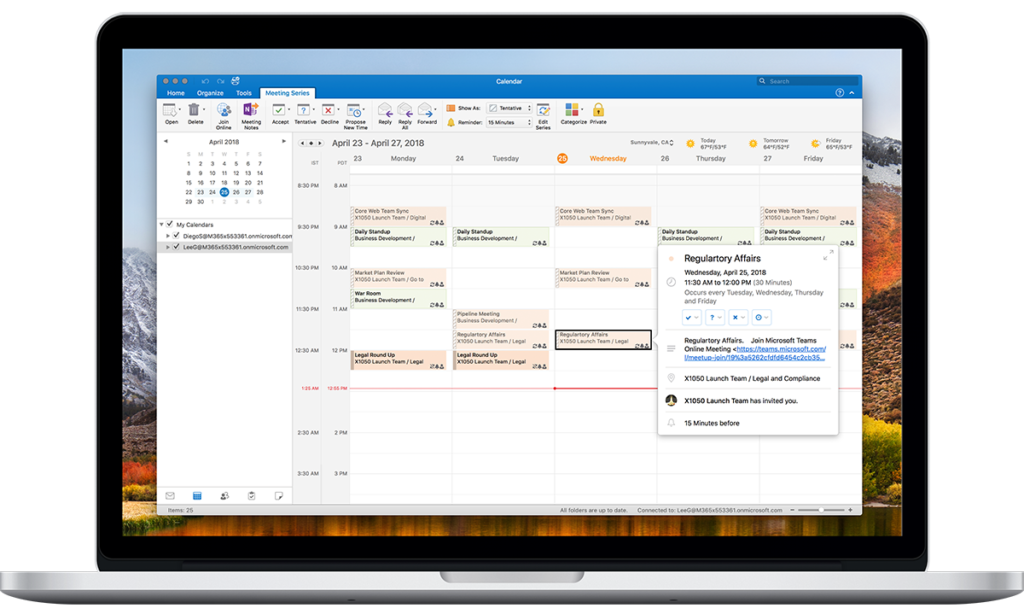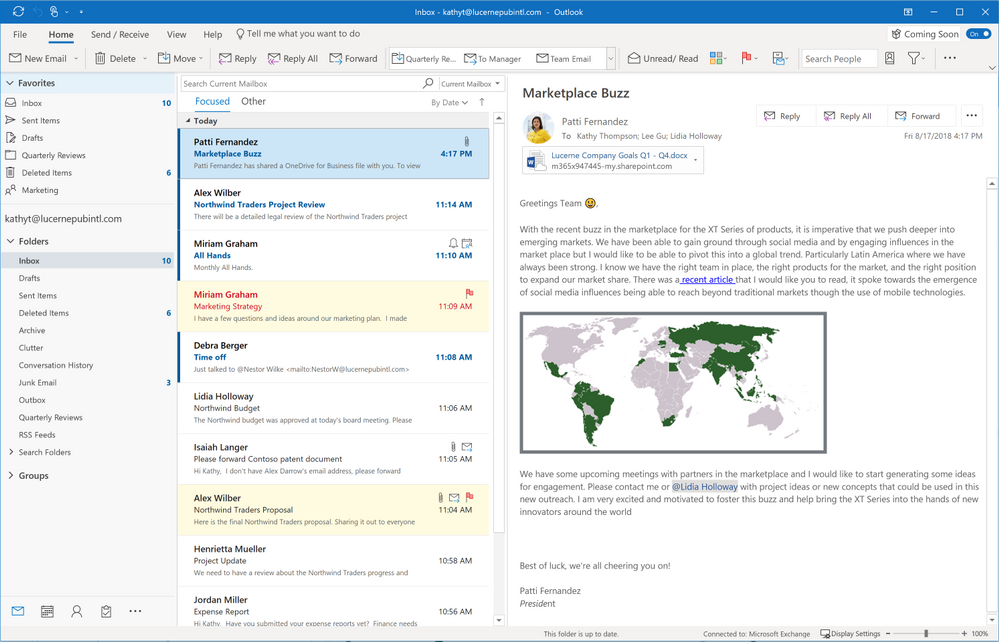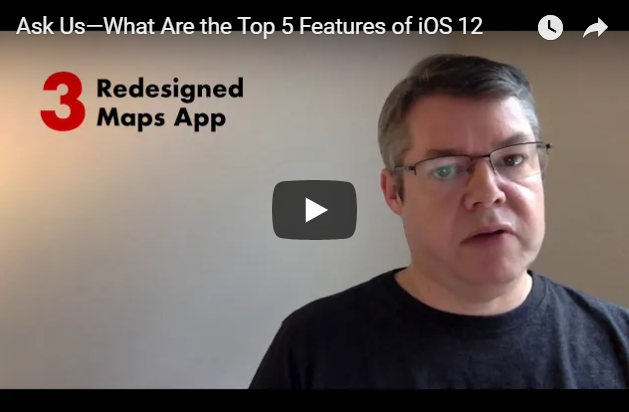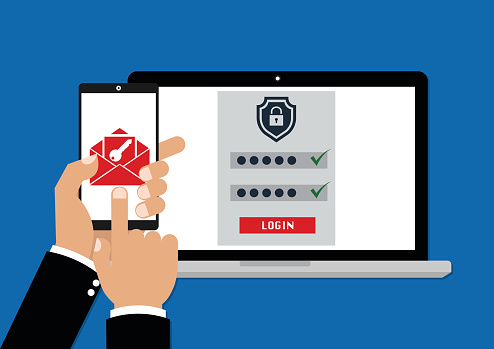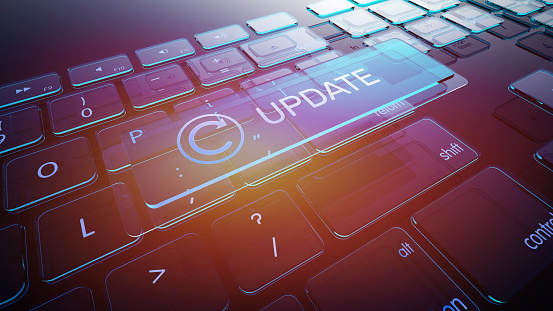Standard Operating Procedures (SOPs) are necessary for every industry. The written procedures keep a company on track. The importance of having them is to guarantee the organization remains compliant with all federally mandated regulations, legislation, and ever-changing laws. But too often many businesses will continue to struggle with getting the correct and appropriate SOP created, distributed and understood by their employees.
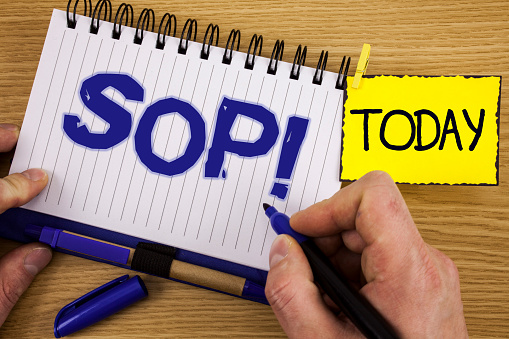
What is an SOP?
Standard Operating Procedures are clearly defined instructions. Their purpose is to, execute consistency of the performance, of a specific function. A detailed written and enacted SOP are used to fulfill compliance requirements, mitigate safety and health risk, and directly work consistently and efficiently across an entire organization. This guide provides you with ten easy steps to review when implementing your organization’s SOP.
Step 1 – SOP purpose is clearly understood and explained
Are you wondering why an SOP is required? In your organization, you want problems solved before they arise. So, what issues need addressing and what does it need to accomplish. Here are some examples:
- Reducing costs
- Increasing quality
- Ensuring safety
- Reducing risk
- Protecting the environment
- Providing a training source
Step 2 – Consider your audience diversity
Before your Standard Operating Procedure gets written, you’ll want to look at your intended audience. Does this audience have prior knowledge of the subject matter? Will they have the necessary language skills to understand? Also, what is the size and shape of your audience? Remember, some parts of the SOP will make sense to one group, but not another.
Step 3 – Format and layout must be useful
There are no right or wrong ways when designing or presenting your SOP, but here are some easy reminders to consider:
- If you have a pre-existing format that is working well, then there is no need to change it, but do consider slight enhancements. Sometimes a new visual does grab the readers attention.
- Does your process have multiple routes? That’s okay. Consider using a flowchart layout. Many individuals learn better with visual content.
- How long is the process? Short or very long? Then use hierarchical steps. To provide clarity, give a list of main steps with sub-steps underneath that helps.
- Is the routine simple which only requires just a few steps? Then using a simple list may be the most beneficial way.
Step 4 – Suitable authors must be used
To write an SOP; you need to have the necessary knowledge. While you may have been assigned to create, and even own this SOP, always bear in mind, you need to have the required expertise to write it. Guarantee that experts in the relevant areas get brought into the authorizing process. Using SharePoint tools to expedite that collaboration is crucial to success during this phase.
Step 5 – Supply appropriate content and structure
There will always be specific needs for unique situations. But, these examples below are necessary details that must get included in your SOP:
- What is the scope of an SOP
- What is the SOP procedure
- Are there any Health and Safety Considerations
- Are there any equipment needs
- Glossary of terms and Hints and Tips
Step 6 – Use a writing style the reader can easily read and understand
- All content in your document must remain clear and easy to read. Not doing so will make it hard for your reader understand any references, making comprehension difficult.
- Avoid personal pronouns, such as He, Him, She, Her, Them, and You.
- Establish steps that explicitly help with ease of reference and maintenance in the future.
- Avoid walls of text. Insert diagrams, flowcharts, and bullet points.
Step 7 – Mandatory SOP testing
Your personnel must get SOP tested, especially by the people who will use it, and guarantee comments are taken on board and updated within the SOP as needed and required.
Step 8 – Make it known to your entire staff where to find the SOP
Organizations that have implemented a Standard Operating Procedure, typically have a known location where to find the material. But do not assume everyone in your organization knows where to look. It might be at a SharePoint site either department or organization level, but make sure everyone knows where to look.
Step 9 – Check that the SOP was distributed and read
While a repository is required, placing your SOP on SharePoint to be read does not go far enough. Immediately after your SOP gets updated or put in place, an email should be crafted and sent to all the relevant user groups to read the document. Then a response back from all recipients they have read and understood the material. You could use a SharePoint based tool to manage this whole process for you.
Step 10 – Guarantee staff fully understands
After each staff member has read the SOP, next comes sitting with them to make sure they clearly understand and expected of them. There is a need to guarantee your team has a clear understanding of what is meant by the Standard Operating Procedure. Testing your staff after reading the material, gives you an idea of what they do or do not comprehend, and how you can address any concerns.
Did you find this article informative? If you liked this one, check out our other content we think you’ll find interesting.


